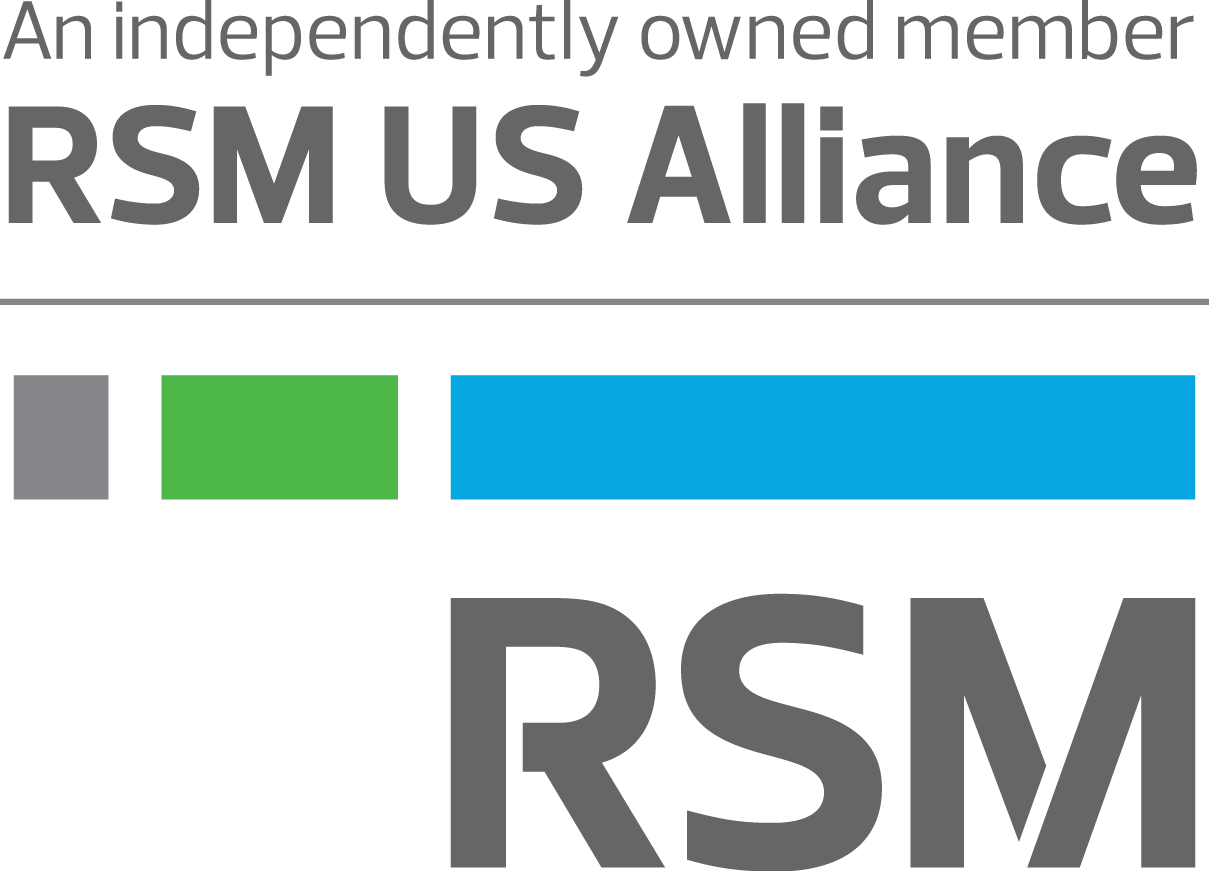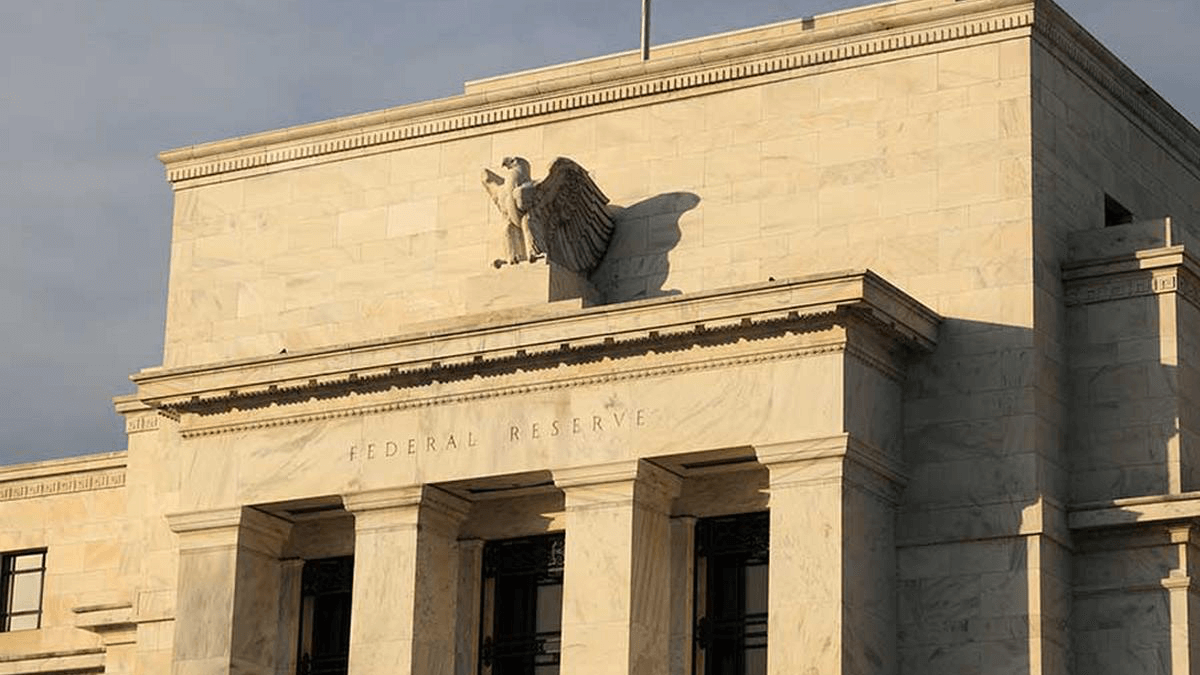Authored by RSM US LLP
The Federal Reserve increased its policy rate by 75 basis points on Wednesday to a range between 3.75% and 4% as it hinted at slowing the pace of its hikes while it assesses the impact of past increases.
We expect at least a 50-basis-point hike in December, another 50-point hike in January and then a 25-point increase at the March meeting.
Those increases would bring the Fed’s policy rate to a range of between 5% and 5.25%, a level where we think that the Fed may pause its campaign to restore price stability and ascertain its impact.
We anticipate that the central bank will need to lift the policy rate above the core personal consumption expenditures index, which stands at 5.15%.
While the PCE index may ease somewhat over the next few months, it implies that the policy rate will need to move to a range of 5% to 5.25% or higher in the near term.

Consider two key phases in the policy statement released on Wednesday that support our view:
The Committee anticipates that ongoing increases in the target range will be appropriate to attain a stance of monetary policy that is sufficiently restrictive to return inflation to 2% over time. In determining the pace of future increases in the target range, the Committee will consider the cumulative tightening of monetary policy, the lags with which monetary policy affects economic activity and inflation, and economic and financial developments.
Federal Reserve Chairman Jerome Powell was careful in his news conference to note that it may be appropriate to “slow the pace of increases” as opposed to implement a pivot, which should further shape market expectations.
This underscores our view that we are likely to see the Fed lift and hold rates, followed by a pause, rather than switch to a pivot over the next six months. As Powell purposefully stated, the direction of rate hikes is more important than the pace.
All this is predicated on a challenging environment that may force the Fed to adjust its policy quickly in the face of growing global financial risks.
The Fed faces a three-pronged challenge that requires an almost impossible reconciliation of price stability, maximum sustainable employment and financial stability as the American economy slips into recession.
Given current conditions, the central bank can choose only two of the three at the risk of the third. While the central bank’s domestic mandates require a focus on price stability and maximum sustainable employment, we are certain that the Fed is preparing to run the risk of global financial instability as it focuses on its domestic mandates.
As the central bank marches forward, well aware that the path is fraught with risks and negative feedback loops from financial markets, investors are pricing in the likelihood of a slower pace of rate hikes.
But widening global policy rate differentials, dollar appreciation and global capital flows into dollar-denominated positions at the front end of the yield curve and into the Fed’s overnight repo facility all point to rising risks to global financial stability.
The takeaway
That is why we think the rosy optimism around rate cuts in the middle of next year is misplaced. Perhaps market participants think a global financial event is what will eventually cause a policy pivot.
Lift and hold until a productive bout of disinflation is, in our view, far more likely. In the meantime, policymakers will simply hope for the best on global financial stability.
This article was written by Joseph Brusuelas and originally appeared on 2022-11-02.
2022 RSM US LLP. All rights reserved.
https://realeconomy.rsmus.com/fed-raises-its-policy-rate-75-basis-points-as-it-prepares-to-slow-pace-of-hikes/
RSM US Alliance provides its members with access to resources of RSM US LLP. RSM US Alliance member firms are separate and independent businesses and legal entities that are responsible for their own acts and omissions, and each are separate and independent from RSM US LLP. RSM US LLP is the U.S. member firm of RSM International, a global network of independent audit, tax, and consulting firms. Members of RSM US Alliance have access to RSM International resources through RSM US LLP but are not member firms of RSM International. Visit rsmus.com/aboutus for more information regarding RSM US LLP and RSM International. The RSM(tm) brandmark is used under license by RSM US LLP. RSM US Alliance products and services are proprietary to RSM US LLP.

Lauterbach, Borschow & Co. is a proud member of RSM US Alliance, a premier affiliation of independent accounting and consulting firms in the United States. RSM US Alliance provides our firm with access to resources of RSM US LLP, the leading provider of audit, tax and consulting services focused on the middle market. RSM US LLP is a licensed CPA firm and the U.S. member of RSM International, a global network of independent audit, tax and consulting firms with more than 43,000 people in over 120 countries.
Our membership in RSM US Alliance has elevated our capabilities in the marketplace, helping to differentiate our firm from the competition while allowing us to maintain our independence and entrepreneurial culture. We have access to a valuable peer network of like-sized firms as well as a broad range of tools, expertise, and technical resources.
For more information on how the Lauterbach, Borschow & Co. can assist you, please call us at (915) 544-6950.


